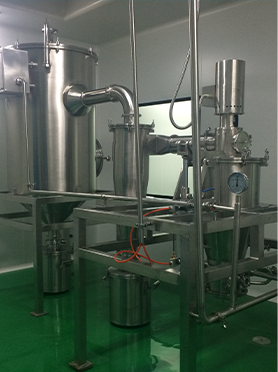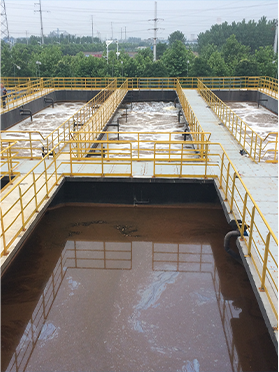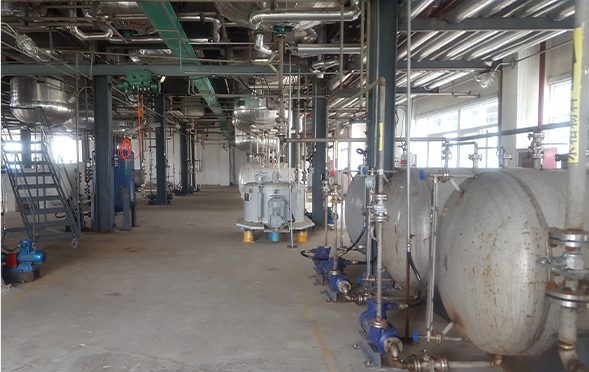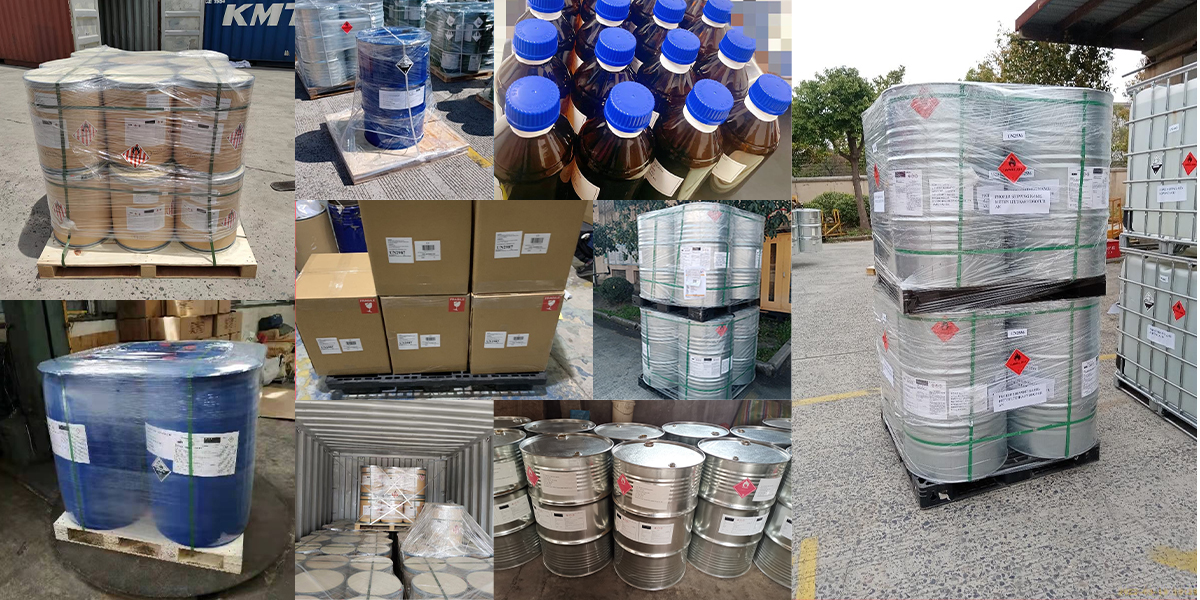Retinaldehyde, scientifically known as All-Trans-Retinal (CAS 116-31-4), is a compound that bridges fundamental biological processes with cutting-edge product development. Its unique properties make it valuable across multiple industries, necessitating a thorough understanding of its applications and the best practices for sourcing this specialized chemical.
In the realm of vision science, All-Trans-Retinal is indispensable. It functions as the chromophore within photoreceptor proteins, directly converting light into biochemical signals. This role makes it a critical research tool for scientists investigating visual pathways, photoreceptor function, and the underlying mechanisms of vision disorders. For such applications, acquiring All-Trans-Retinal with guaranteed high purity is non-negotiable to ensure the integrity and accuracy of experimental outcomes.
Beyond its physiological role in vision, Retinaldehyde has carved out a significant niche in the cosmetic industry. As a derivative of Vitamin A, it offers potent anti-aging benefits. It effectively promotes collagen and elastin production, leading to improved skin firmness and elasticity, and a reduction in the appearance of wrinkles. Unlike some other retinoids, Retinaldehyde is often favored for its combination of efficacy and improved skin tolerance, making it a preferred ingredient in premium skincare formulations. Brands looking to buy Retinaldehyde for these advanced cosmetic products benefit from working with suppliers who can offer consistent quality and formulation expertise.
When sourcing Retinaldehyde, particularly for commercial applications, manufacturers in China are prominent players in the global market. They offer a range of purity grades, with 98% and 99% assay being common for high-demand applications. Buyers should focus on identifying suppliers who demonstrate robust quality control systems, consistent production capabilities, and a reliable supply chain. Understanding the typical pricing structure for Retinaldehyde, factoring in quantity and purity, is also a key aspect of the procurement process.
Best practices for sourcing Retinaldehyde include requesting detailed product specifications, Certificates of Analysis (COA), and ideally, samples for in-house evaluation. Furthermore, inquiring about recommended storage conditions (typically cold temperatures and protection from light) ensures that the product's quality is maintained from the manufacturer to the end-user. By adopting these practices, businesses can ensure they are procuring a high-quality ingredient that meets their specific needs, whether for scientific research or for developing the next generation of effective cosmetic products.
Manufacturing Facilities






Professional Export Experience
to Global Customers

1. 20 years of R&D, manufacturing and sales experience, serving customers in 60 countries and regions around the world;
2. Own R&D laboratory, pilot platform and large-scale production workshop, which can meet the audit requirements of global customers;
3. We can satisfy customers' perfect transition from small scale lab requirements (gram level) to commercialization requirements (hundred tons level).
A: We don't have Minimum Order Quantity, exact quantity should be provided before quotation for us to calculate the exact cost.
A: We don't provide free samples due to lots of request and expensive international courier's cost, we can deduct the sample charge after commercial order placed.
A: Our payment terms: Small or sample order: T/T IN ADVANCE. Commercial order: First order should be by T/T IN ADVANCE or L/C at sight, and following orders T/T 30~90days is acceptable subject to approval of credit application.